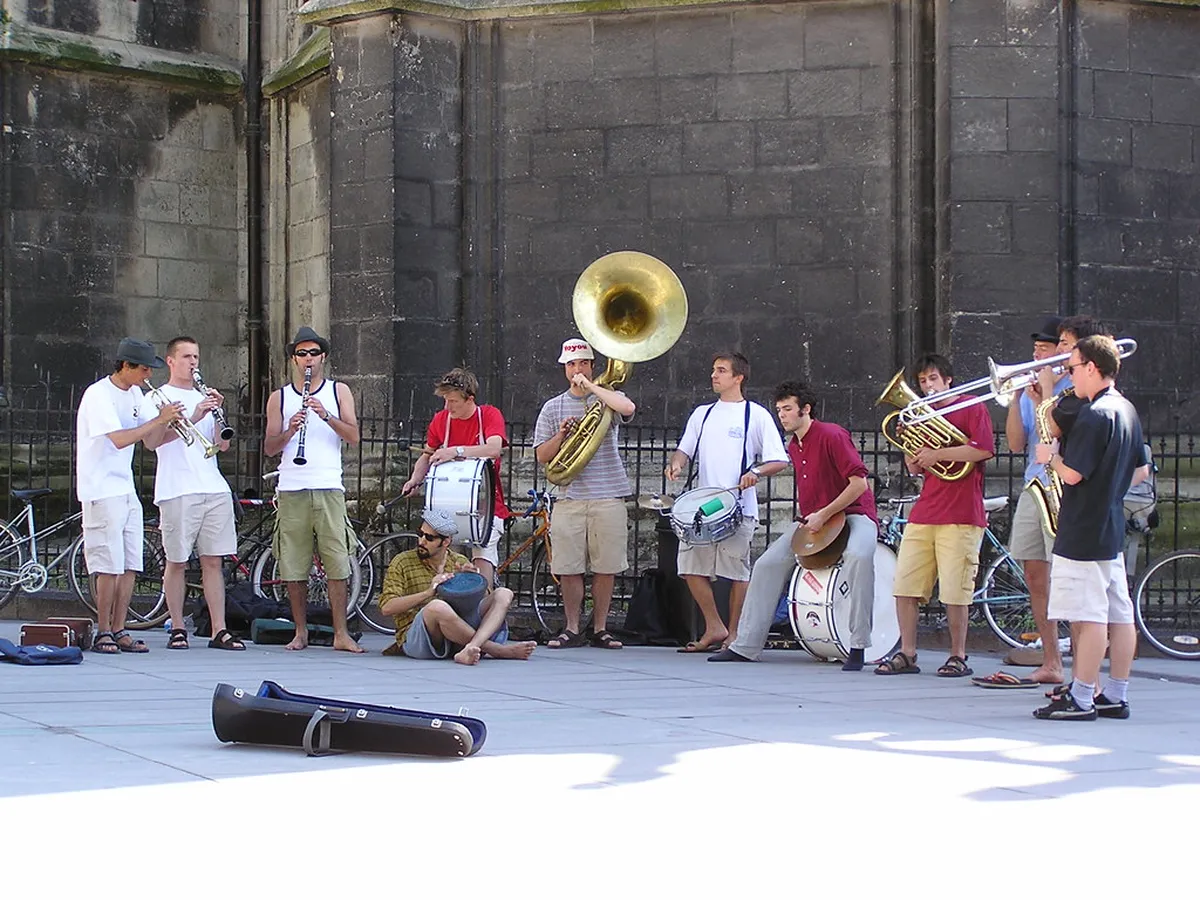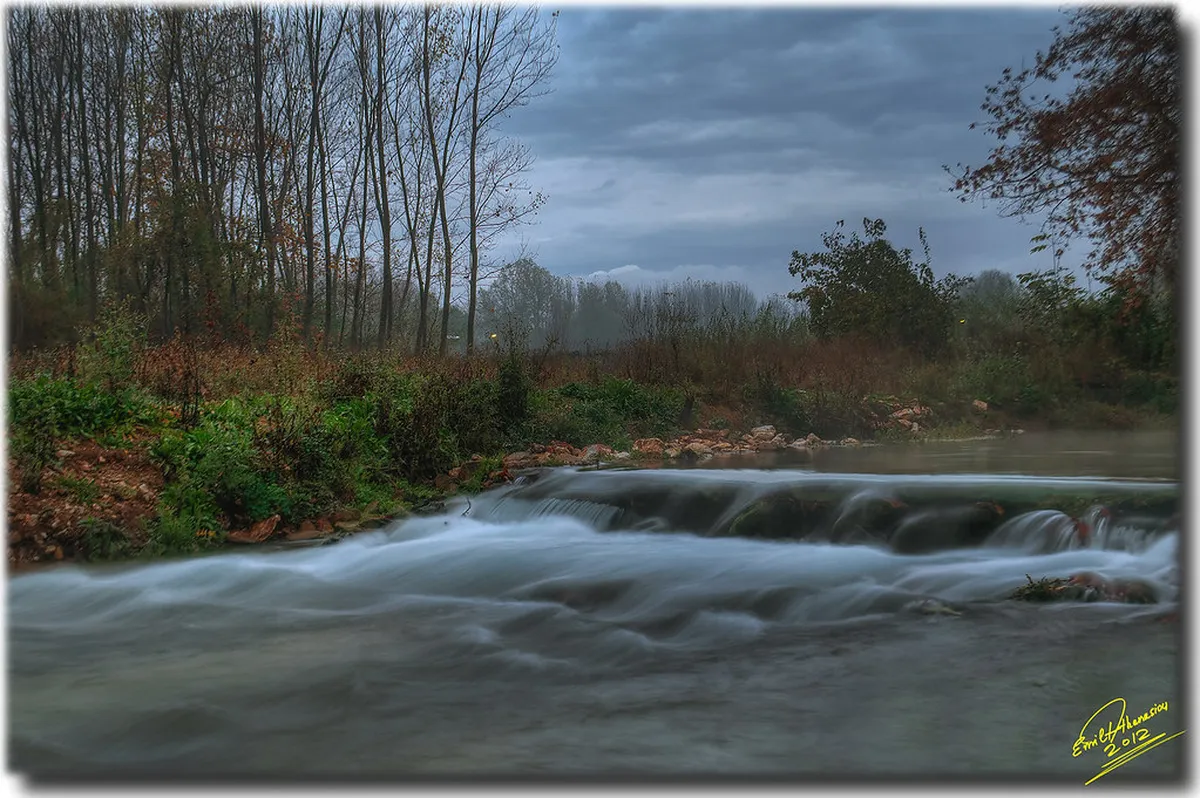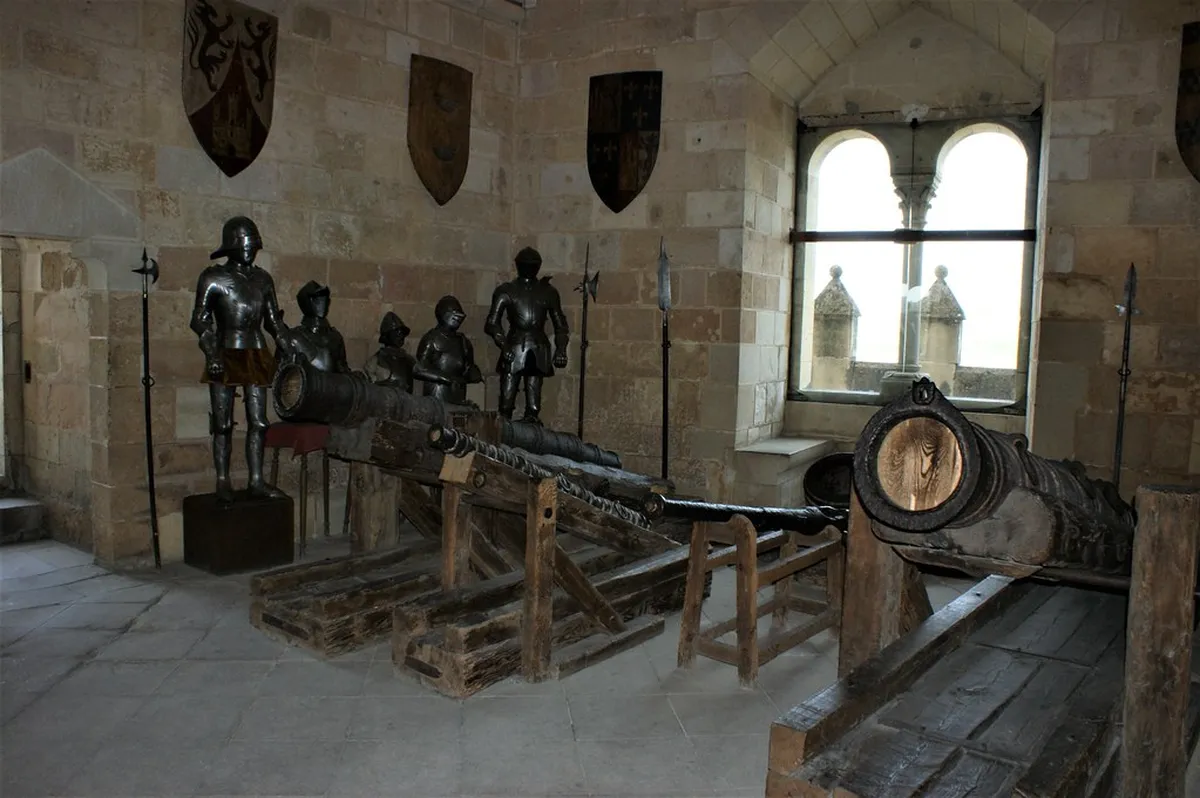Discover Grenoble's Delicious Local Food Scene
Grenoble, often called the 'Capital of the Alps', presents a wonderful food scene. Its unique geographical location deeply influences the local cuisine. You will discover hearty mountain dishes and delightful regional produce. This Grenoble local food guide will truly enhance your visit.
Prepare to embark on a delicious adventure in 2025. We will explore traditional specialties and top dining spots. Plan your Grenoble itinerary around these incredible flavors. Also, find out the best time to visit Grenoble for seasonal food festivals. Keep exploring Grenoble: Grenoble travel tips.
Must-Try Traditional Grenoble Dishes
Plan this trip faster with our free online itinerary maker. Get a personalized day-by-day plan in minutes.
Grenoble’s cuisine is robust, reflecting its alpine location. The region is famous for several iconic dishes. You must taste these specialties during your visit. Each dish tells a story of local tradition.
The most famous dish is Gratin Dauphinois. This creamy potato casserole features thinly sliced potatoes. It is baked with milk, cream, and garlic until golden. This simple yet comforting dish is a staple across many local restaurants. Expect to pay around 10-15 euros for a side portion.
Another regional delight is Raviole du Royans. These tiny, delicate pasta squares are filled with soft cheese and parsley. They often appear with butter sauce, cream, or in broths. You can find them in nearly every traditional eatery in Grenoble. They offer a unique, melt-in-your-mouth experience.
Grenoble is also renowned for its walnuts. The Noix de Grenoble has a protected designation of origin (PDO). You will find walnuts in many savory and sweet dishes. Look for walnut bread, salads, and delicious desserts. Learn more about Grenoble's top attractions, some of which feature local produce.
Do not forget to try Chartreuse. This vibrant green or yellow liqueur is made by Carthusian monks. It uses 130 different herbs and plants. Enjoy it as a digestif after your meal. A small glass costs around 5-8 euros. Consider visiting a local bar, check our where to eat Grenoble France guide for suggestions. You can even find Chartreuse ice cream.
Explore local cheeses like Saint-Marcellin and Bleu du Vercors-Sassenage. Saint-Marcellin is a soft, creamy cow's milk cheese. Bleu du Vercors-Sassenage is a blue cheese from the Vercors mountains. Both pair wonderfully with local bread and wine. These cheeses are essential to the Grenoble local food guide.
Where to Eat Local Food in Grenoble
Finding authentic local food in Grenoble is straightforward. The city boasts many restaurants, markets, and specialty shops. Each offers a unique culinary experience. Discover your favorite dining spot.
For a traditional sit-down meal, visit a local bouchon or brasserie. These cozy restaurants serve classic regional dishes. Expect hearty portions and a friendly atmosphere. Prices for a main course typically range from 15-25 euros. Reservations are recommended, especially on weekends and for dinner in 2025.
Grenoble’s markets are perfect for fresh produce and local treats. The Marché de l'Estacade is a large open-air market. It operates several days a week. Here you can buy regional cheeses, cured meats, and fresh walnuts. This market provides a genuine local shopping experience. It is located near the city center.
Explore smaller specialty shops called épiceries fines. These shops offer gourmet local products. You can find unique jams, artisanal cheeses, and local wines. They are excellent places to pick up culinary souvenirs. They also offer pre-made dishes. Consider these spots while planning your Grenoble travel budget. Enjoy a delicious meal at a restaurant and then grab ingredients for a picnic.
Many local bakeries, or boulangeries, sell fresh bread and pastries. Look for walnut bread, a regional specialty. These make perfect snacks while exploring. For more dining insights, consult our guide on where to eat in Grenoble. This guide offers excellent restaurant recommendations for 2025. It includes hidden gems.
Street food options are also available, especially at markets. You might find savory crepes or small sandwiches. These are perfect for a quick, inexpensive bite. They offer a taste of local flavors on the go. Enjoy these casual dining experiences.
Grenoble's Sweet Treats and Local Drinks
Grenoble’s sweet side is just as appealing as its savory one. Many desserts feature the famous local walnuts. You will find delicious pastries throughout the city. Indulge your sweet tooth.
The Tarte aux Noix (Walnut Tart) is a must-try dessert. It features a sweet pastry crust filled with walnuts and a rich caramel. This delightful treat can be found in most bakeries. It pairs perfectly with coffee or tea. Expect to pay around 4-6 euros for a slice. Some variations include chocolate.
Another popular sweet is the Gâteau de Savoie. While not strictly from Grenoble, it is a regional favorite. This light and airy sponge cake is simple yet elegant. It often features citrus zest for flavor. Enjoy it for breakfast or an afternoon snack. Its delicate texture is truly delightful.
Beyond Chartreuse, local wines are also popular. The Isère region produces some excellent wines. Look for crisp whites and light reds from the Grésivaudan valley. Many restaurants offer a selection of local vintages. Ask your server for a recommendation. Consider pairing your meal with a regional wine. This enhances your first-time Grenoble itinerary. Visit a wine shop for tasting.
For non-alcoholic options, try local fruit juices. Apple and pear juices from nearby orchards are very refreshing. You can find these at markets and cafes. Many cafes also offer excellent coffee. Enjoy a relaxing break at a café. It is a great way to experience local life and people-watch. Some cafes specialize in regional blends.
Don't overlook marrons glacés, or candied chestnuts. These delicious confections are popular in the winter months. They make excellent gifts or a sweet treat for yourself. You can find them in patisseries and specialty food shops. Grenoble embraces this sweet tradition.
Discover Grenoble's Vibrant Food Markets
Grenoble's markets provide an immersive culinary experience. They are vibrant hubs of local life and flavor. Visiting a market is an essential part of any food tour. Engage with local vendors in 2025.
The Halles Sainte-Claire is Grenoble’s main covered market. It is open daily except Mondays. Here, you will find butchers, cheesemongers, and bakers. It is an ideal spot to assemble a picnic. You can also enjoy a quick bite at one of the food stalls. The market is located at 19 Place Sainte-Claire, Grenoble.
Weekly outdoor markets offer a wider range of produce. Beyond the Marché de l'Estacade, try the Marché de la Mutualité. This market offers seasonal fruits, vegetables, and regional specialties. It runs on Tuesdays and Saturdays. Immerse yourself in the bustling atmosphere. It is a great place to observe daily life.
Many delis, or traiteurs, offer prepared dishes. These are perfect for a quick lunch or dinner. You can pick up ready-made Gratin Dauphinois or other local meals. This is a cost-effective way to sample various foods. It also offers a taste of home cooking. For a comprehensive Grenoble itinerary, include a market visit. Pack your own reusable bags.
When visiting markets, bring your own reusable bag. Most vendors prefer cash for small purchases. Do not hesitate to ask for samples before buying. This is a common practice and a great way to discover new flavors. Remember these tips when getting around Grenoble city. Public transport can easily take you to most markets. The experience is truly authentic.
Look for seasonal produce that is unique to the Alps. Wild mushrooms, berries, and specific herbs are often available. This ensures you taste the freshest ingredients. Visiting different markets offers varied selections. Each market has its own distinct charm and offerings.
Culinary Workshops and Food Tours in 2025
For deeper immersion into Grenoble’s food scene, consider workshops. These experiences offer hands-on learning and local insights. You can master traditional regional recipes. It is a memorable way to connect with the culture.
Look for cooking classes specializing in Dauphinois cuisine. You might learn to prepare Gratin Dauphinois or Raviole du Royans. Several local culinary schools or private chefs offer such sessions. Prices vary, often starting around 70-100 euros for a half-day class. Booking in advance for 2025 is recommended.
Guided food tours provide an excellent overview of the city's gastronomy. These walking tours typically visit markets, bakeries, and specialty shops. A local expert shares stories and history behind the food. You get to sample many different dishes and drinks. These tours offer valuable insider knowledge.
Some tours might focus on specific themes like wine or cheese. Others cover a broader range of the Grenoble local food guide. Expect to pay around 50-80 euros for a half-day tour. Check online for reputable tour operators. Read reviews before making a choice. Combine a food tour with a Grenoble walking tour for a rich experience.
Keep an eye out for seasonal food festivals if your trip aligns. The Fête de la Noix celebrates walnuts in autumn. Other local festivals highlight cheeses, wines, or other produce. These events offer unique tasting opportunities. They also provide a lively cultural experience. Visit the local tourism office for a calendar of events. This ensures you do not miss out on any special occasions.
Frequently Asked Questions
What is the most famous food in Grenoble?
The most famous food in Grenoble is undoubtedly Gratin Dauphinois. This delicious potato and cream casserole is a regional specialty. It perfectly showcases the local culinary traditions. You will find it on menus throughout the city. Try it at a traditional French restaurant for the best experience.
Are there vegetarian options in Grenoble's local cuisine?
Yes, Grenoble offers several vegetarian-friendly local options. Gratin Dauphinois is often vegetarian when made without bacon. Raviole du Royans can also be prepared without meat. Many salads feature fresh local produce and Grenoble walnuts. Always ask about ingredients to be sure. Discover more dining options in our Grenoble food guide.
What local drink should I try in Grenoble, France?
You should definitely try Chartreuse. This unique herbal liqueur is distilled by local monks. It comes in green and yellow varieties, each with distinct flavors. Enjoy it chilled as a digestif after your meal. It is a true taste of the Isère region. Learn about other Grenoble must-see attractions, some of which are near Chartreuse distilleries.
What are typical prices for a meal in Grenoble in 2025?
In 2025, typical meal prices vary. A casual lunch might cost 12-18 euros. A dinner at a mid-range restaurant averages 20-35 euros per person. Market food and bakeries offer more budget-friendly options. Plan your Grenoble travel budget accordingly. Remember, drinks and dessert will add to the total cost. Look for lunch specials.
Grenoble's local food scene is a delightful blend of tradition and flavor. From hearty gratins to delicate ravioles, your taste buds will rejoice. Do not miss the chance to savor regional walnuts, Chartreuse liqueur, and local cheeses. This guide will ensure a memorable culinary journey in 2025.
Embrace the vibrant markets and cozy bouchons of the city. Explore all the incredible flavors Grenoble has to offer. For more travel tips, check out our full Grenoble itinerary. Start planning your delicious adventure today!
Key Takeaways
- Taste Gratin Dauphinois, Raviole du Royans, and local cheeses for authentic flavors.
- Visit local markets like Halles Sainte-Claire for fresh produce and gourmet items.
- Try Chartreuse liqueur and walnut-based desserts for unique regional treats.
- Budget 15-35 euros for a main meal at a mid-range restaurant in 2025.
- Explore local bouchons and specialty shops for the best culinary experiences.
- Consider a food tour or cooking class for a deeper gastronomic immersion.



